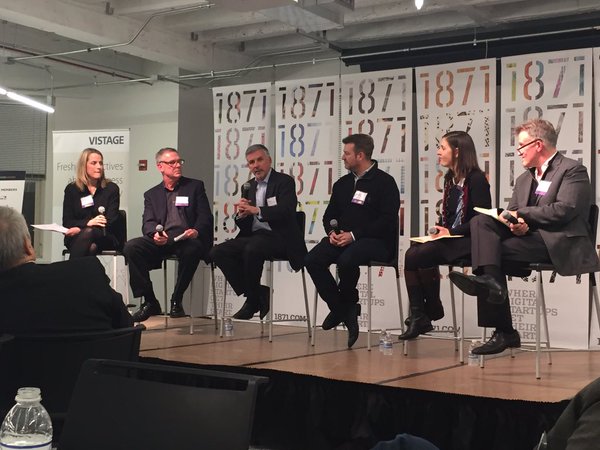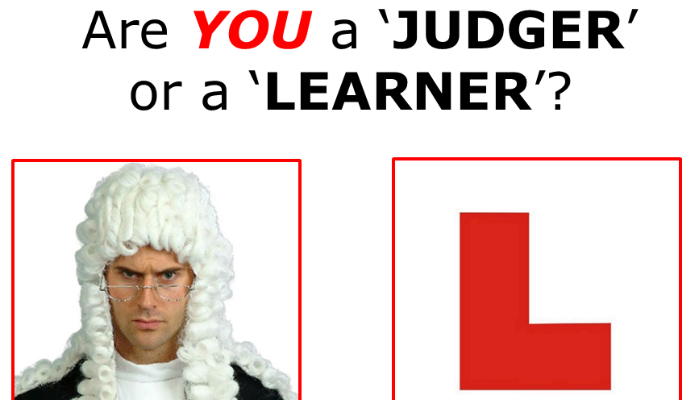Last night, I had the distinct pleasure of serving on a panel at an event co-sponsored by the Chicago Innovation Awards and Vistage at 1871 in Chicago called “The Best Advice I Ever Got.” I can’t remember the last time I felt such electricity at a gathering of CEOs, business owners, and their key executives. The venue, which is described as an entrepreneurial hub for digital startups, just screamed innovation. The Chicago Innovation Awards, which was established in 2002, serves to shine a bright light on the spirit of innovation that lives within the city of Chicago. The event certainly delivered!
During our 45-minute panel discussion, I was asked to comment on the research we conducted for our book The Power of Peers and the role peer advantage can play in driving innovation. So as I’m flying home from the event, I thought I’d share it with you.
Peer advantage is what happens when people engage their peers (preferably outside their company and industry sector) in a group setting that’s highly selective, strategic and purposeful. A CEO Peer Advisory Group is a good example of a group that experiences peer advantage – peer influence of a higher order! If you think about innovation as “creativity realized,” our research showed that groups not only provide its members with news ways of thinking (which is great for the creativity part), but even more importantly, because of their culture of accountability, these groups help members implement these new ideas. Without the implementation part, it’s not an innovation, it’s just a wish!
A big thanks to everyone who made last night’s event possible. I really enjoyed learning from the other panelists and meeting Chicago’s innovators! Very cool!










